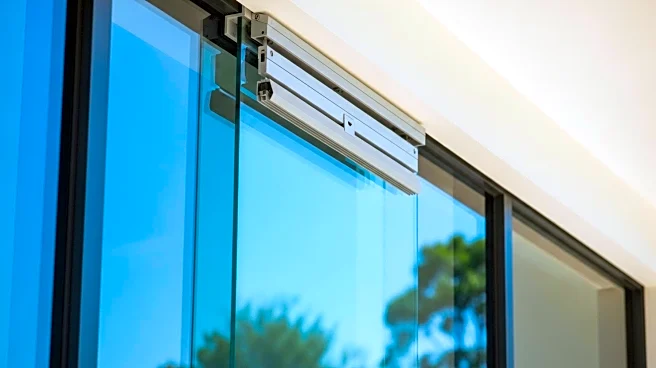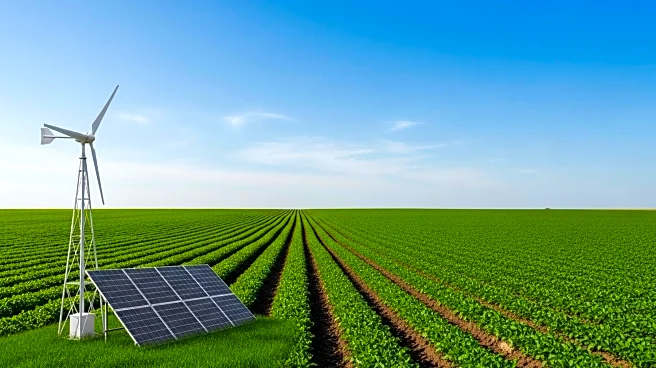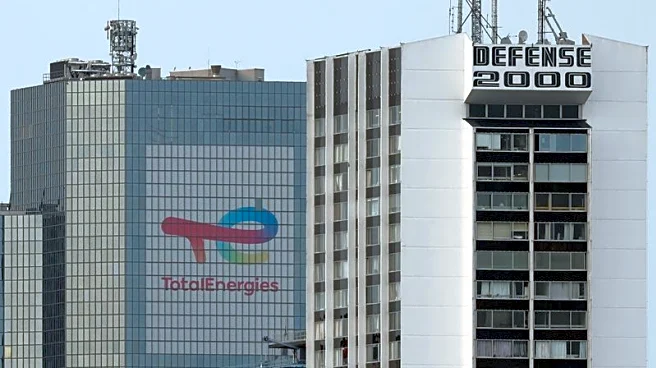What's Happening?
The self-cleaning glass market in the United States is poised for significant growth, driven by advancements in construction and automotive sectors. According to a report by DataM Intelligence, the market is expected to grow at a compound annual growth rate (CAGR) of 4.22% from 2024 to 2031. Self-cleaning glass, which features special coatings that automatically remove dirt, dust, and water spots, is increasingly being adopted in sustainable and smart buildings. This trend is supported by the focus on green building standards like LEED, particularly in high-rise buildings and urban infrastructure. Major players in the market include Nippon Sheet Glass, Guardian Industries, and Saint-Gobain, who are leading innovations in nanotechnology-based coatings to improve durability and effectiveness.
Why It's Important?
The expansion of the self-cleaning glass market is significant for several reasons. It aligns with the growing demand for sustainable construction practices and energy-efficient solutions in the U.S. As buildings and vehicles increasingly incorporate smart technologies, self-cleaning glass offers a practical solution to reduce maintenance costs and enhance aesthetic appeal. This market growth also reflects broader trends in environmental sustainability, as the use of self-cleaning glass can contribute to reduced water usage and chemical cleaning agents. The automotive industry stands to benefit from these innovations, as self-cleaning glass can improve visibility and safety while reducing the need for frequent cleaning.
What's Next?
The self-cleaning glass market is expected to continue its expansion, with North America projected to dominate the market from 2025 to 2035. Continued research and development efforts are likely to boost market expansion, with innovations in nanotechnology-based coatings enhancing product effectiveness. As demand for energy-efficient buildings and smart city initiatives grows, the adoption of self-cleaning glass is expected to increase. Stakeholders in the construction and automotive industries may need to adapt to these changes by integrating self-cleaning glass into their projects and products.
Beyond the Headlines
The rise of self-cleaning glass technology may have deeper implications for environmental sustainability and urban planning. As cities strive to become smarter and more sustainable, the integration of self-cleaning glass could play a role in reducing urban pollution and improving air quality. Additionally, the technology may influence architectural design trends, encouraging the use of more glass in building facades and interiors. This shift could lead to new aesthetic standards and functional designs in modern architecture.











